This weekend, we flew to John Wayne Airport in Orange County and rented a car to drive 40 miles bumper to bumper to Riverside, CA, for the Eaton SF Conference, a series of mostly academic talks and panels about science fiction, held at the University of California at Riverside.
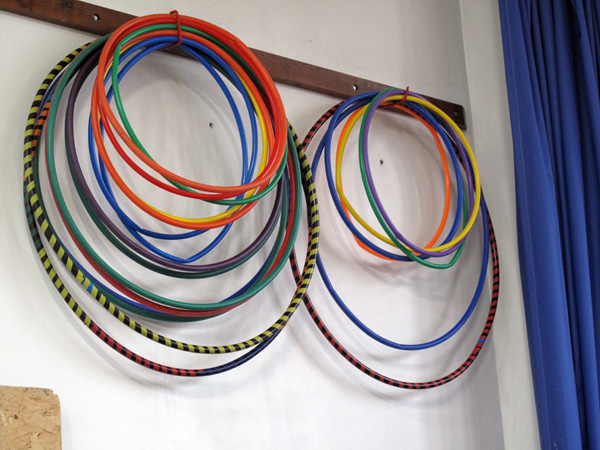
[Today’s pictures are still from Wisconsin, as my camera battery was dead in Riverside.]
The conference is organized by the charming Melissa Conway and other members of the Special Collections department of UC Riverside—they have the world’s premier collection of SF novels, fanzines, and writers’ literary archives—this is the Eaton Collection.
I’m thinking of giving my own papers to the Eaton Collection one of these days. My writer friend Gregory Benford has his stuff there, so I went and looked at it. Benford and his identical twin brother Jim were hauling in fresh boxes of stuff. Boxes of papers on shelves in a windowless room. Just stuff, after all. I had a moment of wondering why it seemed important to me to have my papers in a library. Kind of the feeling you get shopping for a grave plot…
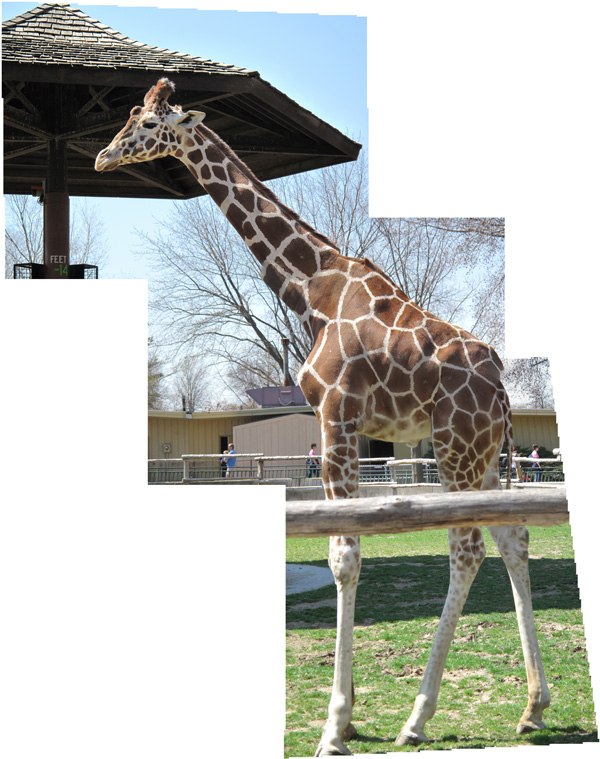
It was really fun seeing Greg Benford in the company of his twin. Although I like Greg a lot, he can be a little overwhelming. And his twin Jim seems to have a somewhat similar personality. But when you’re dealing with the two of them at the same time, they kind of buffer each other, like a atoms which are very reactive in isolation, but comfortable in pairs.
Another nice thing at the con was a videotaped talk by Frederik Pohl, whose health kept him from attending in person. Pohl may be ninety, but he’s sharp and witty. Saintly almost.

The con theme was Junes Verne, and I was on a panel about “steampunk.” My novel The Hollow Earth can be called steampunk, in that (a) I’m a cyberpunk, and (b) the book was written in the late 1980s, and (c) it’s set in the 1800s, and (d) the book has fantastic elements. But, in that my The Hollow Earth is set in Virginia, I deviate from the generally Anglophile/Victorian slant of steampunk as it’s popularly imagined, and thus I tend not to be mentioned in some discussions of the genre.
Sometimes I worry that I’m invisible to the eyes of casual SF scholars—from some articles, you’d get the impression that I’m not a cyberpunk, not a steampunk, not a slipstreamer, etc. Wheenk, wheenk, wheenk! I get the feeling that some SF scholars have done their research by reading one or two best-sellers and watching a lot of Star Trek—although a lot of them have indeed dug much deeper.
I did hear some interesting talks at the con, one was by David Wittenberg, about the notion that time travel stories arose because early 19th C writers wanted to write about utopian alternate worlds—and that once the notion of evolution became popular, they assumed these cool worlds would be in the future, you you needed time travel to get there. Initially they’d do a one way trip via suspended animation—the whole thing of round trips and time paradoxes really took hold after Einstein.
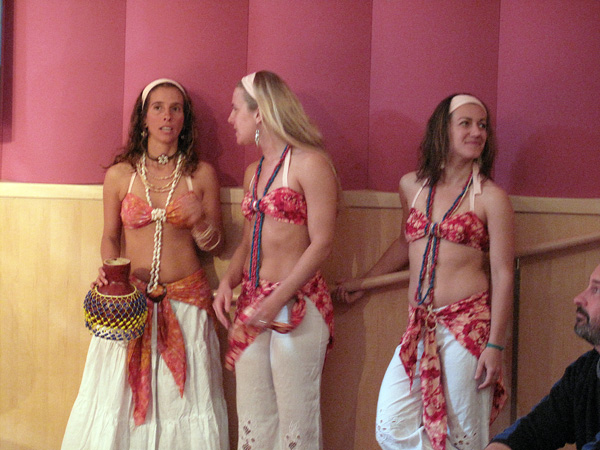
Historically, the “steampunk” word arose as something of a marketing move to ride on the cyberpunk wave, akin to DiFilippo’s use of the word “ribofunk” for his bio-sci-based stories. K. W. Jeter coined the word to describe himself, James Blaylock, and Tim Powers. And I think the word took deeper hold when cyberpunks William Gibson and Bruce Sterling wrote their novel The Difference Engine about Victorian steam-powered computers.
A writer like the aboriginal steampunk Tim Powers is more interested in fantastic elaboration of incident and character than in any political stance. Powers was at the con, it was great talking to him, he’s like a white hole of ideas, gushing with story gimmicks and plot twists. He even gave me some suggestions for the book I’m working on.
Lately, for some reason, the word steampunk became popular again, but this time more in connection with clothes fashions, so far as I can tell. I will say that hearing about big brass machines at the Eaton con kind of made me sort of want to write about them.
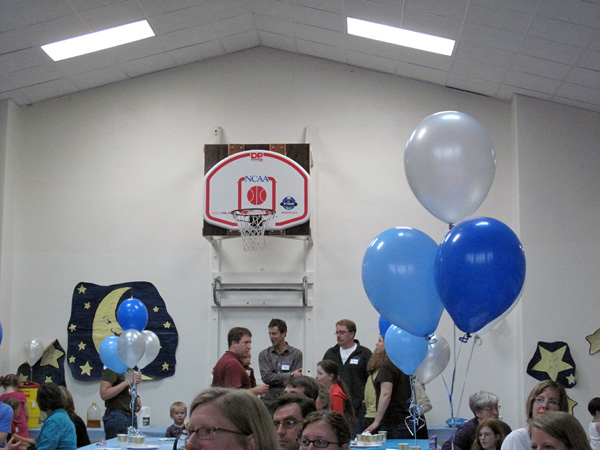
Other SF writers presentat the con included Greg Benford , Sheila Finch, Howard Hendrix, Greg Bear , Tim Powers, and Kathleen Goonan.
Although I relish talking to other writers, I do tend to feel uncomfortable at cons. I’m somewhat shy and socially awkward. Douglas Coupland has a good passage about this in his novel, JPod. The character talking here is a programmer who, according to his girlfriend, has mild autism:
What I don’t like is being exposed to unfiltered social contact, like at parties or meetings, when just anyone can talk to you with no other reason than that you happen to be there.
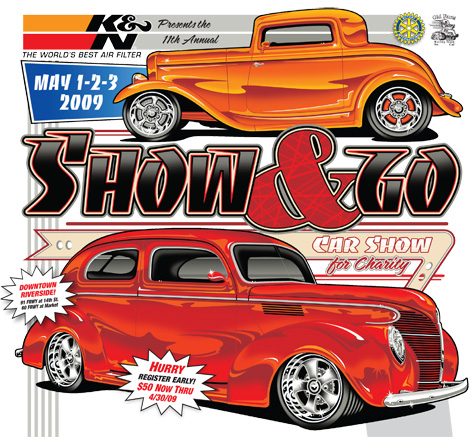
Southern California near LA is really Car Land. The Inland Empire they call it. I’ve never seen such traffic, and the sky was this weird grayish-white color. The locals claimed it wasn’t smog, just dust or the weather or haze. An orange grove was down the block on a vacant field by the freeway and behind our motel parking lot.
I noticed an awesome old street rod car parked in the motel lot, and I asked the long-haired owner about it. He directed us to a car event on the streets of downtown Riverside, the “Show and Go” show.
Talk about steampunk! My favorite car was the so-called Metronator, which is 1956 Nash Metropolitan with a two thousand horsepower engine that sticks up outta the hood like on a Big Daddy Roth dragster.

I toured the UC Riverside cactus garden with Jim Benford, he told me that cactuses are, evolutionarily speaking, the most recent plants to appear. They emerged in response to the drying of Central America and the our Southwest.
On the way back to the airport, I sort of wanted to visit the Richard Nixon Library and Birthplace in Yorba Linda—they have his house and his helicopter and, I think, Trisha Nixon’s Inaugural Ball Gown.

In connection with donating papers, there’s an interesting connection here. It used to be that an author could deduct the “fair market value” for his or her papers when donating them to a library. But this law was repealed in 1969, largely because too many politicians were getting huge deductions. And good old Tricky Dick, backdated the donation of his papers so he could take a half-million-dollar deduction in 1970.
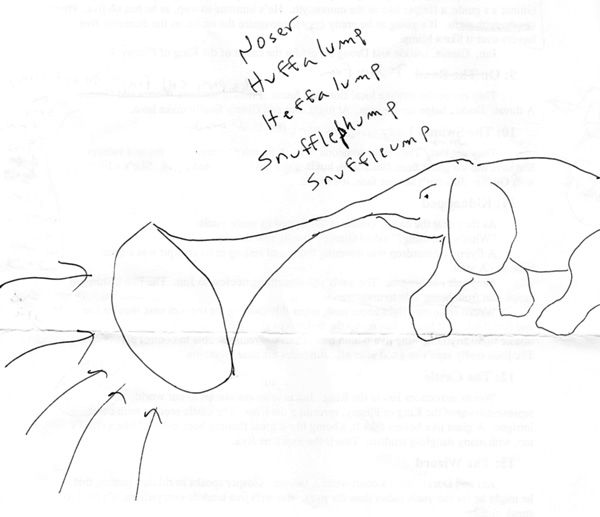
What does Yorba Linda mean, anyway? “Linda” means beautiful, but what’s a “yorba”? Ah, Google tells me that in 1809, Jose Yorba, got a land grant to start the town…
I was going to call the creature shown above a heffalump, after Winnie the Pooh, but maybe it’s a yorbafump!
Yorba Linda here I come, right back where I started from?
Well, we didn’t end up going to the Nixon museum on Sunday afternoon. Sylvia put down her pied, and we went to Newport Beach and caught some sun, and it was stokin’.









May 4th, 2009 at 9:56 am
Legacy: the vain attempt of dead men to control the future.
NPR’s This American Life had a show about legacy this weekend and I thought of you, that you might want to listen to it. There is a story about a philanthropist in Wisconsin that was a great guy, but his legacy has become that of benign haunter. They also had a story about Ben Franklin padding his resume. He apparently never flew a kite.
Good for Sylvia, I can think of few fates worse than hanging out in Riverside. Speaking of Newport Beach and twins, I have this great memory of being like 20, home on leave, and going down to Newport for a walk on the beach. I’m walking along minding my own business along the water and I look up to see two Amazonians jogging towards me. Twin drop dead gorgeous blond bomb shells jog up to and by me. I stopped and stood there in simple awe of the beauty of nature. I hope you enjoyed the scenery.
May 5th, 2009 at 5:50 pm
The Hollow Earth is great fun. I especially enjoy your characterization of Poe.
Did you ever think of doing another SteamPunk book? How about something on Charles Hinton, all that 4th Dimension stuff, the Voynich manuscript connection… could be interesting?
November 30th, 2010 at 4:33 am
Recently into Steampunk… long into geometry, fourth dimension “stuff”, and beyond. I strongly second and encourage another Steampunk Book. Great idea linking Charles Hinton!!! Perhaps Edwin Abbott and other acute Geometers of the time as well.
Very much enjoy your non-fiction science writings… particularly the geometry and artificial life, CA, GA, topics.
Full Steam Ahead…